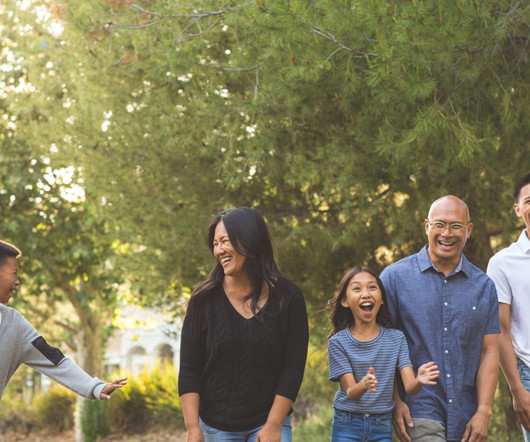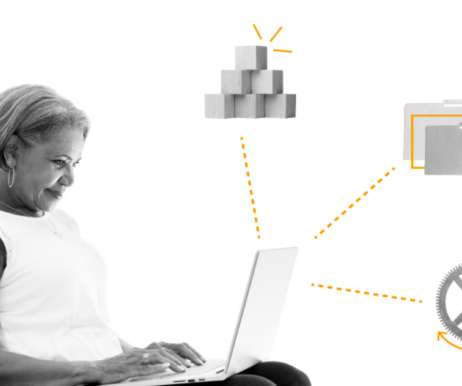Celebrate, Educate, and Fundraise: Planning Winning AAPI Heritage Month Events
The Modern Nonprofit
MAY 1, 2024
Well-planned events enable nonprofits, community groups, businesses and government agencies to showcase AAPI arts, food, performances, and more. The Art of Celebration: Showcasing AAPI Cultural Richness Incorporating cultural performances and art displays is a great way to bring the essence of AAPI heritage to life at your event.

































Let's personalize your content